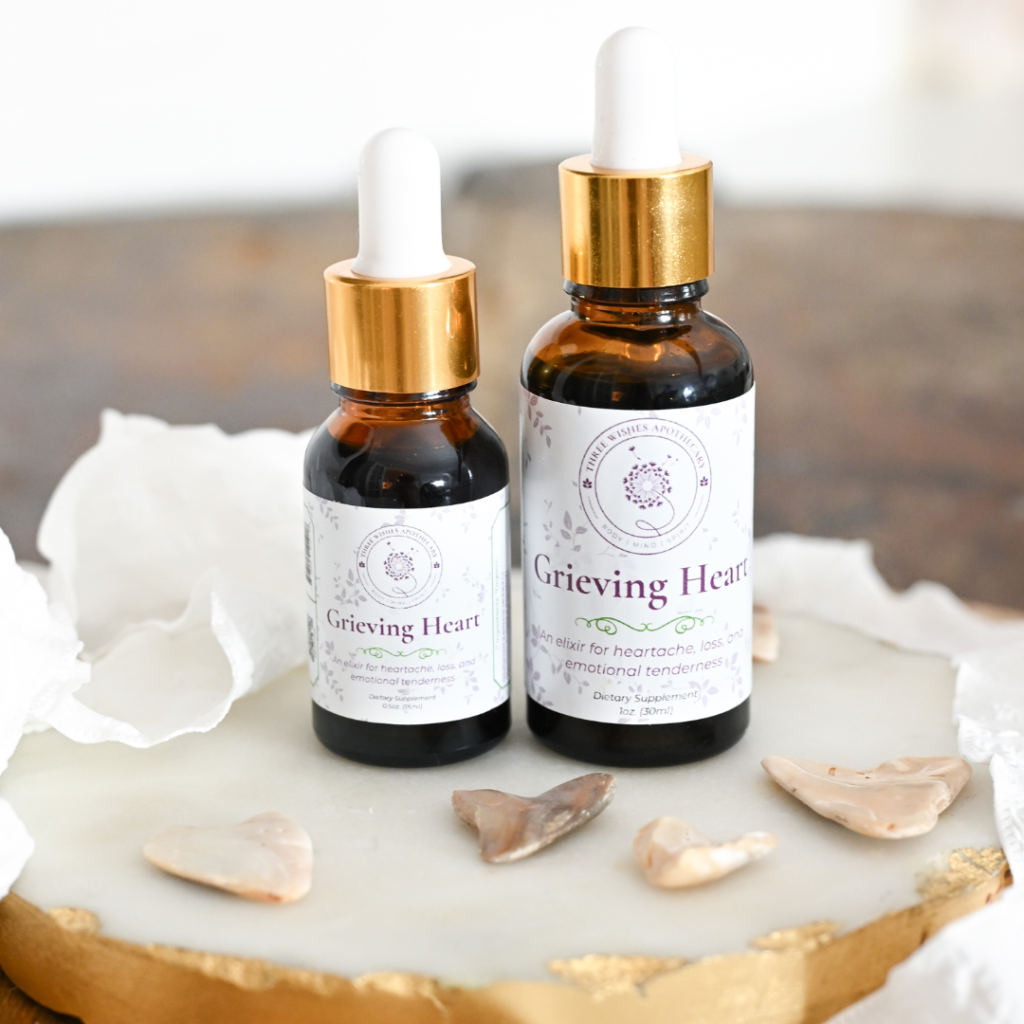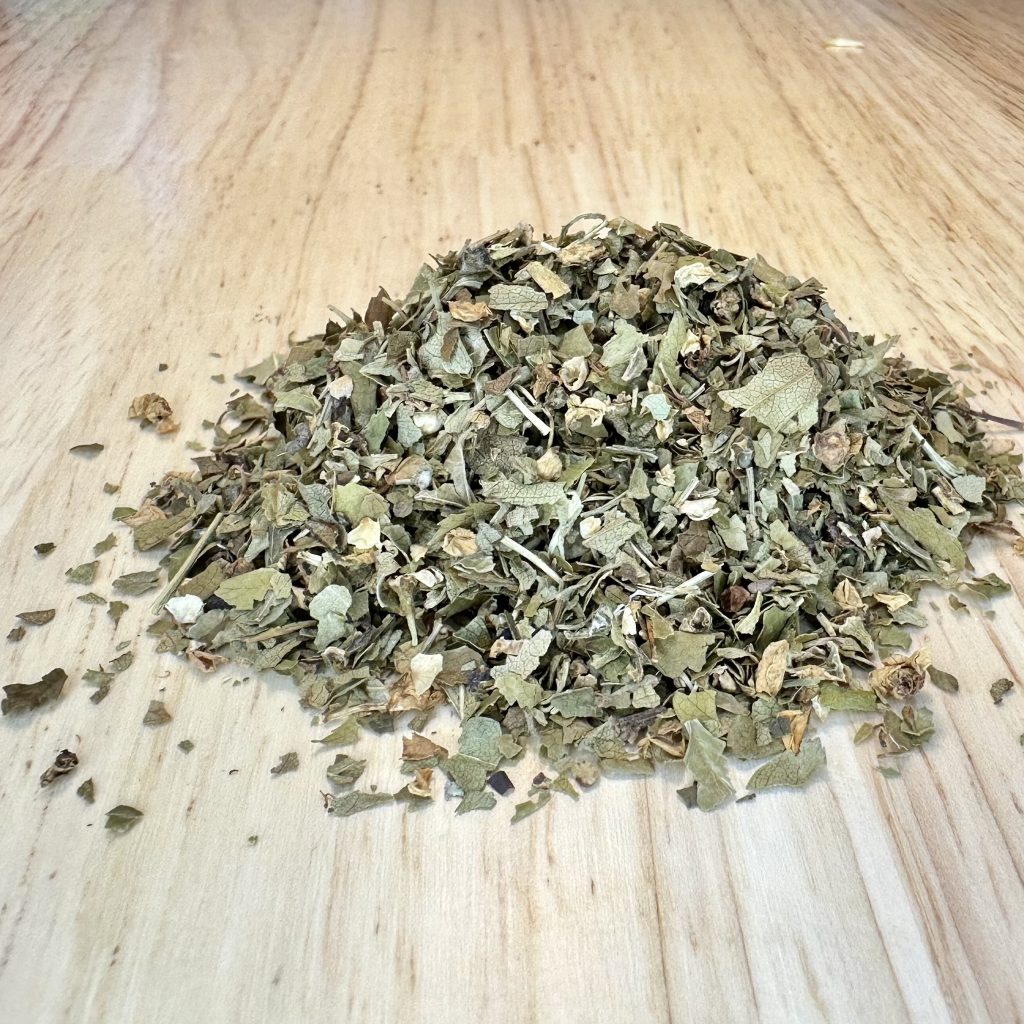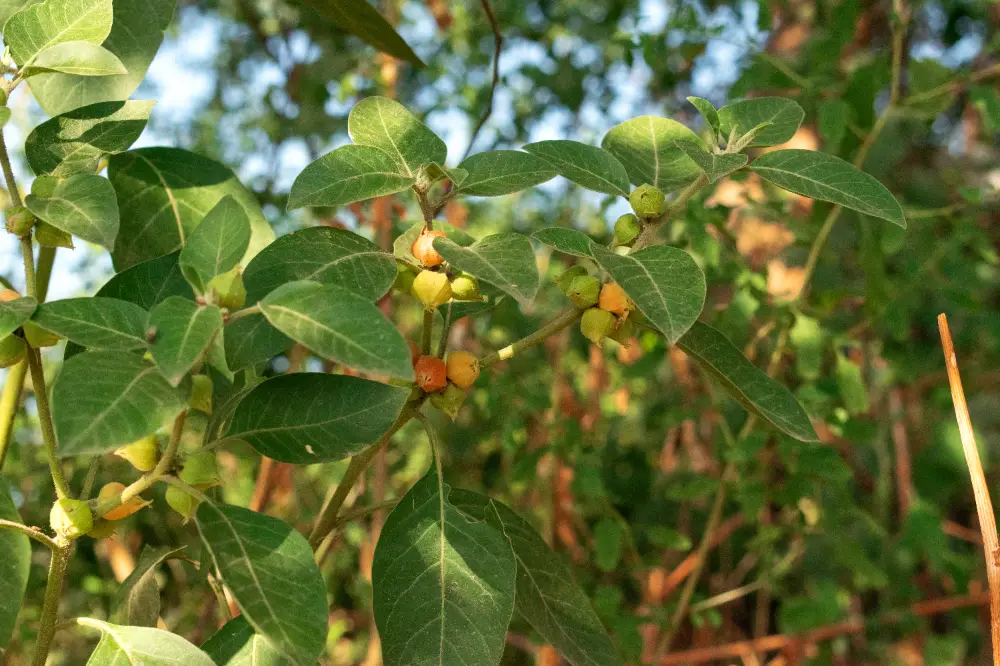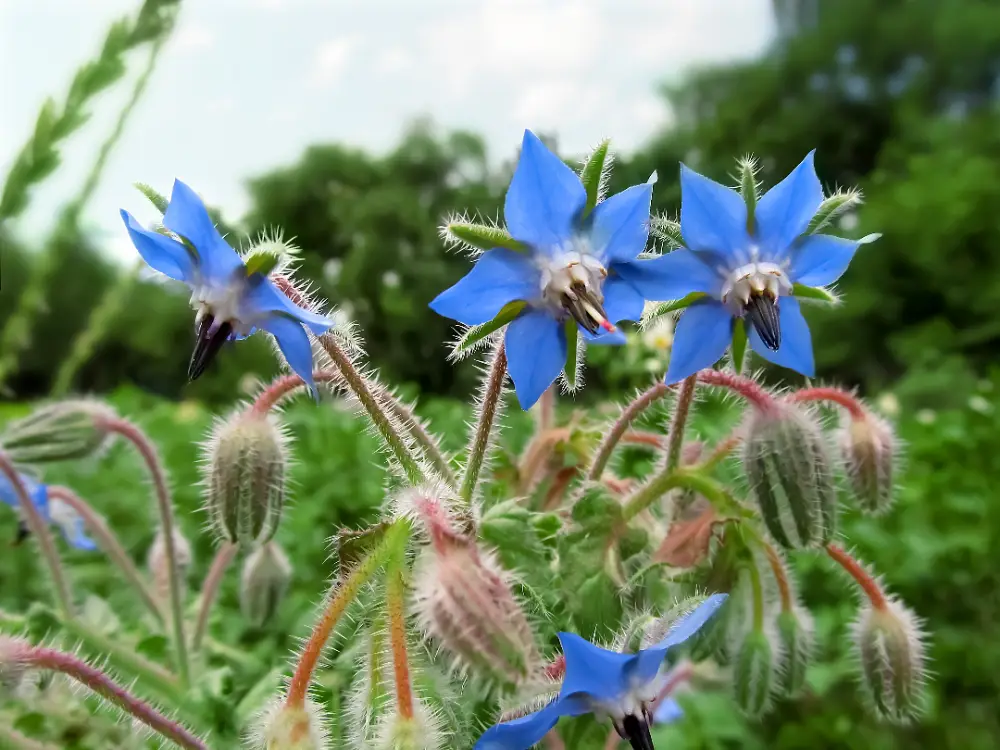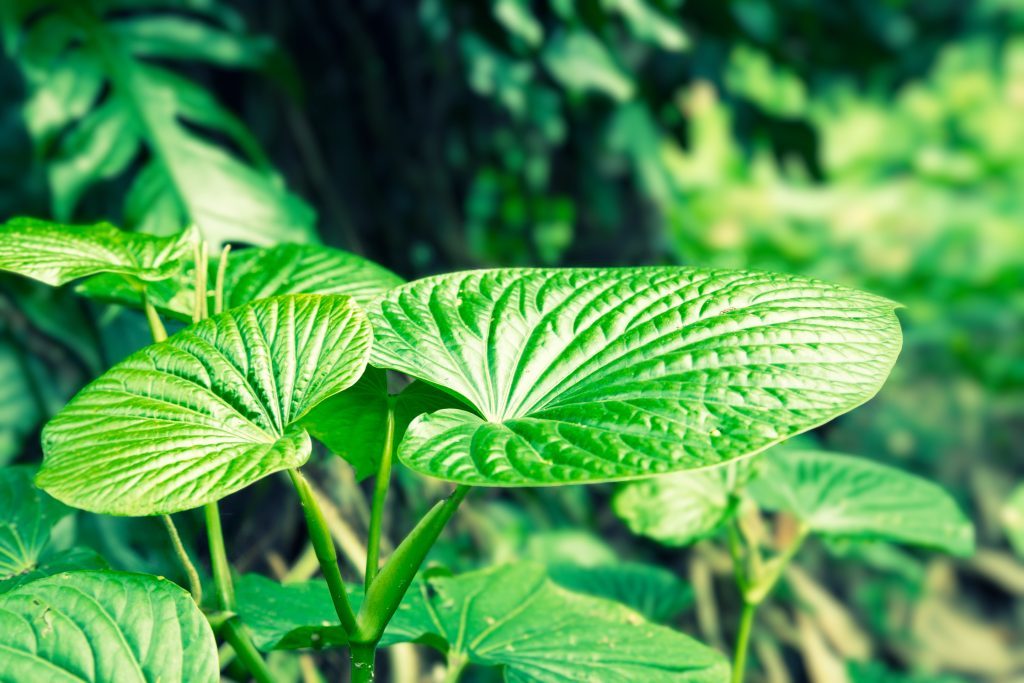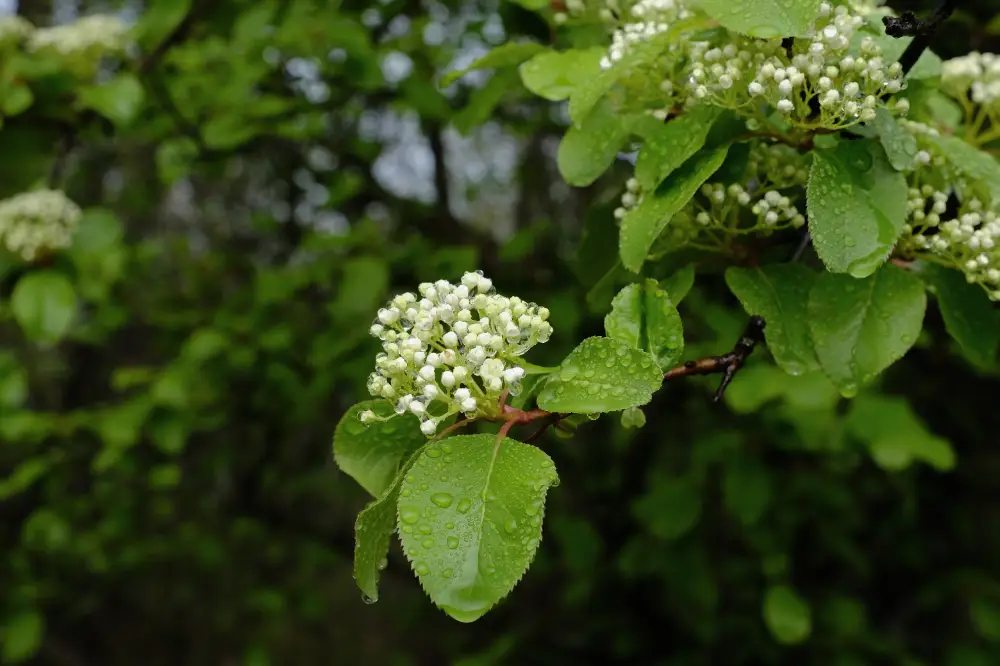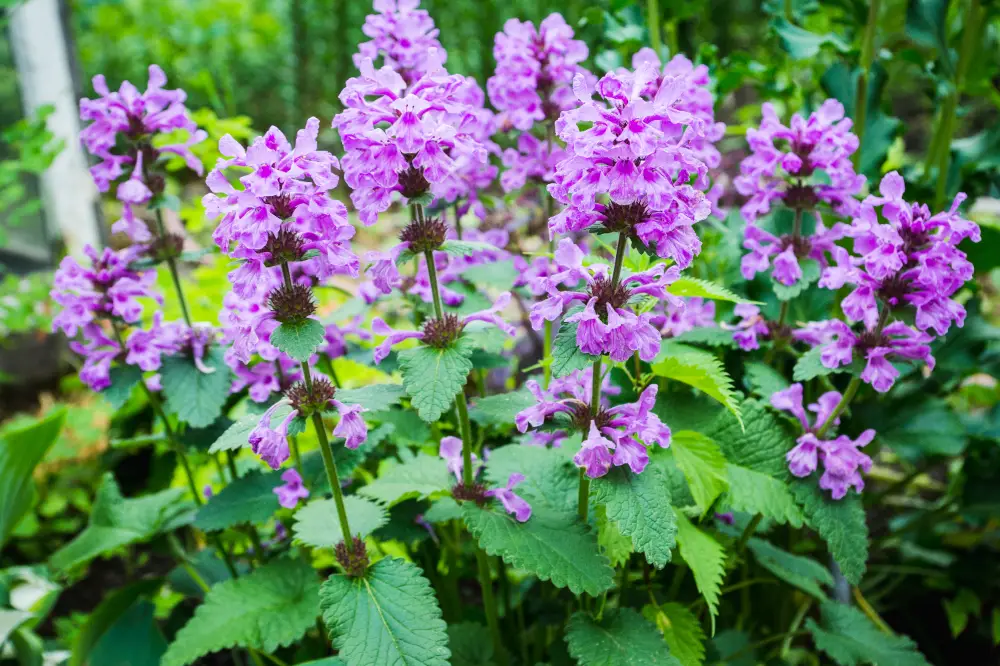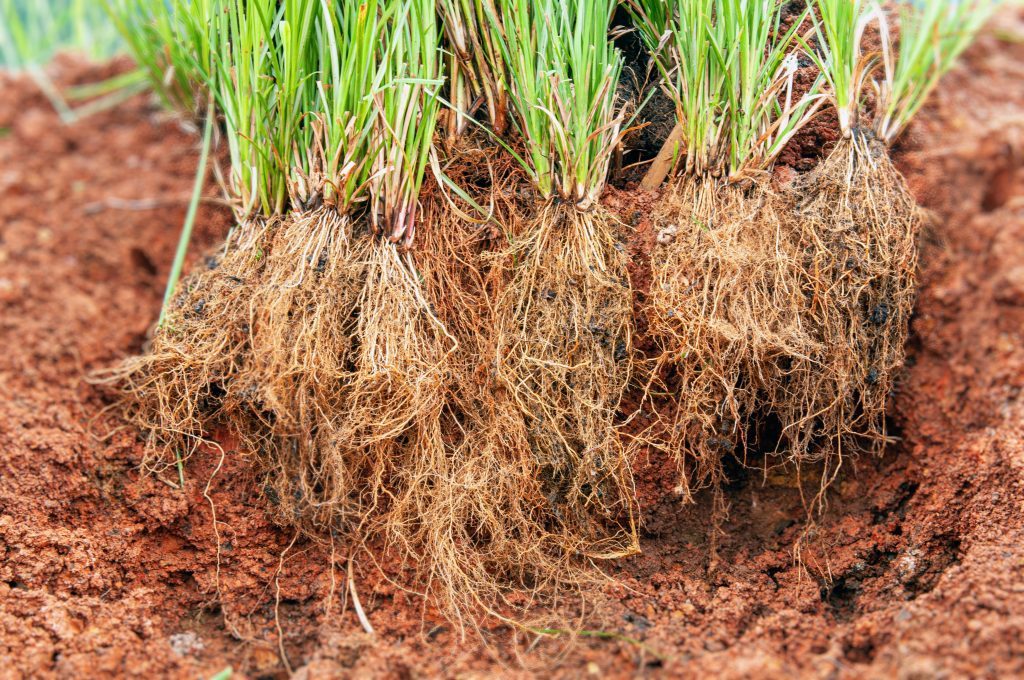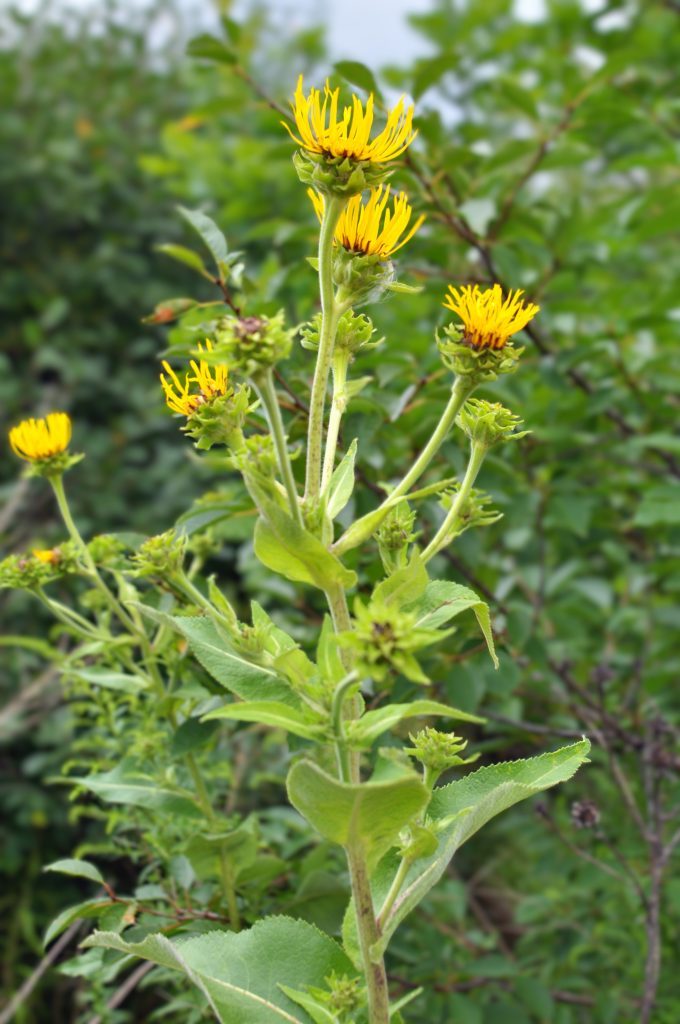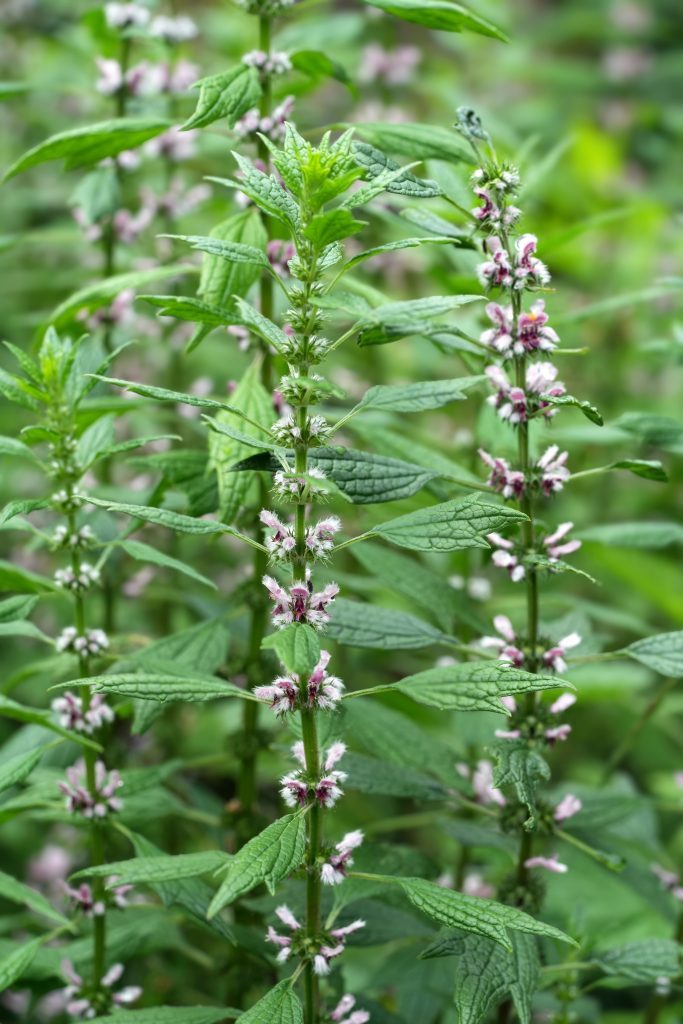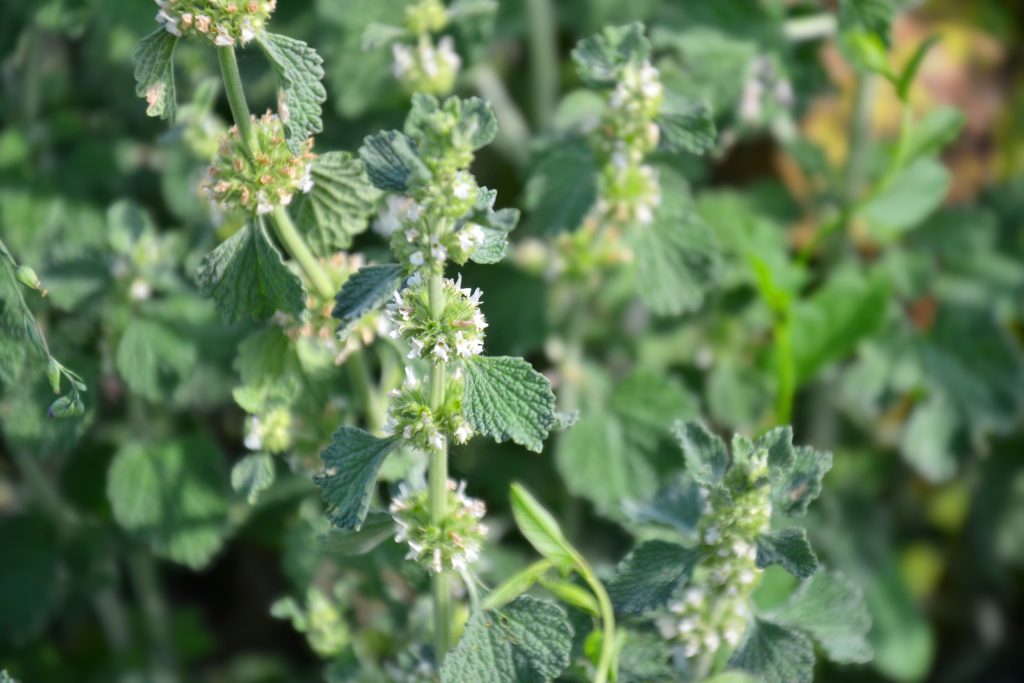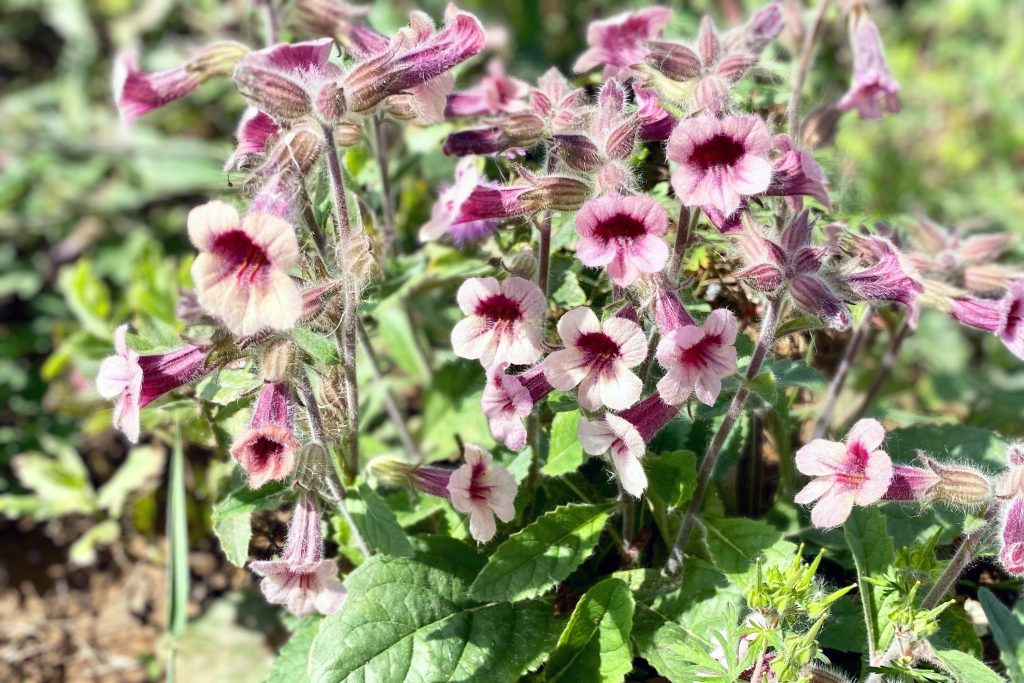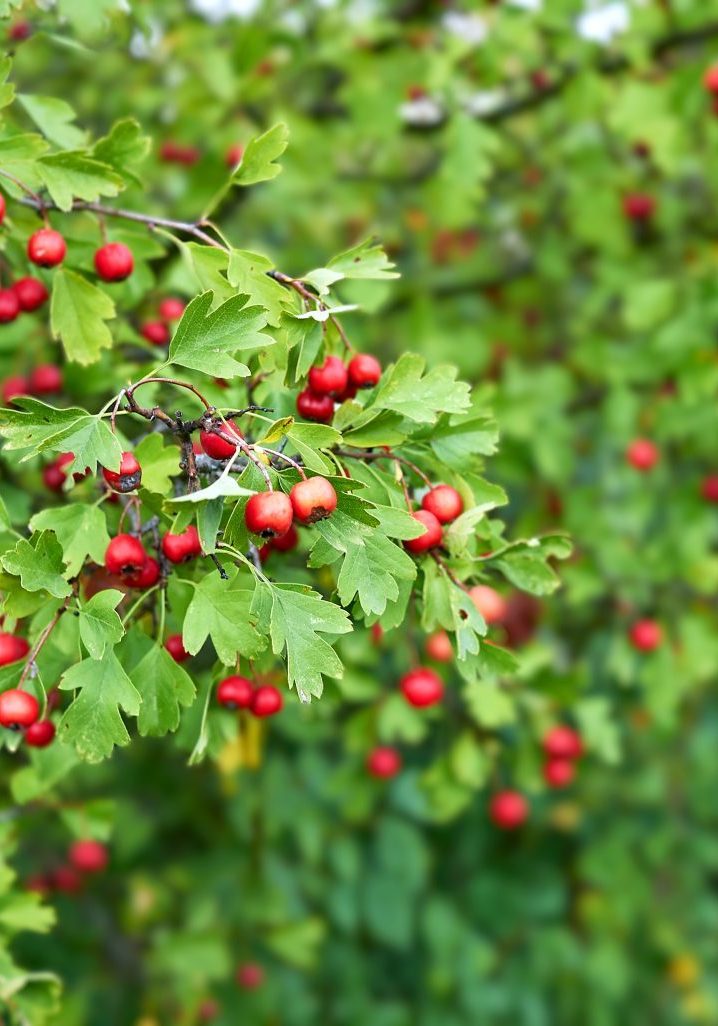
Hawthorn
Crataegus spp. (monogyna/laevigata)
Rosaceae (Rose Family)
Renowned for its ability to strengthen the physical and emotional heart.
Other names:
Mayblossom, Maythorn, Quickthorn, Whitethorn, Holy Thorn
Superpower
The ability to nourish the heart on both a physical and emotional level. As a powerful cardiovascular tonic, it strengthens the heart muscles, improves circulation, and regulates blood pressure. On an emotional level, it helps with grief, heartache, and stress, supporting people during times of emotional turmoil by offering comfort and resilience.
Uses
European Folk Medicine: Hawthorn has been used for centuries in European and Chinese traditions as a heart tonic. It was traditionally consumed to support heart health, treat heart conditions, and enhance circulation. The flowers, leaves, and berries were made into infusions and tinctures to help regulate blood pressure and promote heart strength.
Emotional Support: In folk traditions, hawthorn was believed to offer protection from evil spirits and was associated with emotional healing, particularly for grief and heartache. The plant was often used in rituals to promote emotional resilience and protect the home.
Digestive Aid: In Traditional Chinese Medicine (TCM), hawthorn berries are used to treat digestive issues, particularly indigestion and bloating. The berries help improve digestion and relieve stagnation in the digestive system.
Current Uses:
- Cardiovascular Health: Today, hawthorn is highly regarded for its ability to strengthen the heart and circulatory system. It is used to treat conditions like congestive heart failure, high blood pressure, and arrhythmias. It improves blood flow to the heart, reduces cholesterol, and stabilizes blood pressure.
- Emotional Heart Healer: Hawthorn is used by herbalists to help individuals navigate through emotional pain, particularly feelings of grief or heartbreak. Its ability to gently support both the physical and emotional aspects of the heart makes it a popular choice for holistic healing.
- Antioxidant and Anti-inflammatory: Hawthorn berries are rich in antioxidants that help reduce inflammation and support overall immune health. These properties are beneficial in reducing oxidative stress in the heart and blood vessels.
- Respiratory Health: Some herbalists also use hawthorn for supporting respiratory health, particularly in addressing chronic coughs and mild bronchitis.
Cautions
S
Toxicity:
- Low Toxicity: Hawthorn is generally considered safe and non-toxic in traditional doses. However, large doses can lead to gastrointestinal discomfort, including nausea or dizziness, and CNS (central nervous system) disturbance.
Contraindications:
- Use caution: In severe hypotension.
- Heart Medications: People taking heart medications, particularly those for blood pressure or arrhythmias, should use hawthorn cautiously and under medical supervision, as it may enhance the effects of these medications.
Interactions:
- Cardiac Glycosides: Hawthorn may interact with digoxin, a medication commonly prescribed for heart conditions, by enhancing its effects, which could lead to arrhythmias or heart complications.
- Blood Pressure Medications: Hawthorn can amplify the effects of antihypertensive drugs, potentially causing low blood pressure (hypotension). Regular monitoring of blood pressure is advised.
- May help reduce: Toxicity of cardiac glycosides, hypertensive medications and CNS depressants.
- May inhibit effects: Of vasoconstrictors (e.g. Alpha-blockers) and decrease BP (blood pressure) with nitrates & PDE-5 inhibitors (e.g. Sildenafil)
Known Chemical Constituents
Flavonoids:
-
- Quercetin, Rutin, Vitexin, Kaempferol, Apigenin, Luteolin: These flavonoids are known for their antioxidant properties, helping to strengthen blood vessels, reduce inflammation, and support heart health.
Oligomeric Proanthocyanidins (OPCs):
Powerful antioxidants that protect the cardiovascular system from oxidative stress and improve circulation.
Triterpenoids:
Found mainly in the leaves and flowers, triterpenoids such as crategolic acid and ursolic acid have anti-inflammatory and cardiotonic effects.
Anthocyanins:
These compounds contribute to the red color of the berries and are recognized for their anti-inflammatory and vasoprotective properties.
Phenolic Acids:
Includes caffeic acid, chlorogenic acid, carboxylic acids like ascorbic acid, and triterpene acids like crategolic acid and ursolic acid. These compounds help reduce oxidative stress and support immune function.
Triterpene Saponins:
Known for their cardioprotective and anti-inflammatory effects, saponins are found in various parts of the plant.
Tannins:
Present in both the leaves and berries, tannins are astringent compounds that help tone tissues and reduce inflammation.
Amines:
-
- Phenylethylamine, Tyramine, Choline: These compounds may contribute to neurotransmitter function and play a role in blood pressure regulation.
Pectin:
A soluble fiber found in the berries, pectin can help lower cholesterol and support digestive health.
Botanical Description
Growth Habit:
Crataegus monogyna is a deciduous shrub or small tree, reaching heights of 5-15 meters. It features a dense, thorny structure, often used in hedgerows and as a natural fence in traditional landscapes. It is long-lived, sometimes reaching over a century old.
Leaves:
The leaves are deeply lobed, dark green, and glossy on the upper surface, with a more textured, paler underside. They are arranged alternately along the thorny stems.
Flowers:
The flowers bloom in late spring, forming clusters of small, fragrant white or pale pink blossoms. The five-petaled flowers are beloved by pollinators, particularly bees, and give the tree its common name, Mayblossom.
Fruits (Haws):
Hawthorn produces small, red berries known as haws, which appear in autumn and remain on the tree well into the winter. These fruits are about the size of small cherries, containing one large seed (monogyna species) or sometimes more in other species. Haws are rich in nutrients and used both medicinally and as food.
Thorns:
Sharp thorns up to 1-2 cm long grow along the branches, giving the tree its common names like Quickthorn and Whitethorn.
Habitat:
Crataegus spp. thrive in temperate regions and are commonly found in hedgerows, woodland edges, and open fields throughout Europe, Asia, and North America. They prefer well-drained soil and can tolerate partial shade but thrive in full sun.
Fun Facts
Hawthorn trees are often associated with fairies and are considered magical in many cultures. People tie pieces of ribbon on the blanches for blessings next to holy wells. Flowers around Beltaine. Unlucky to bring Hawthorne into a home.
Parts Used
Flowers, Leaves, Berries (Haw)
Harvest
Flowers:
The flowers are typically harvested in spring, right when they begin to bloom but before they are fully open. This ensures the highest concentration of medicinal compounds in the blossoms.
Leaves:
The leaves are harvested at the same time as the flowers, typically in late spring. It’s best to choose young, healthy leaves that are vibrant green for optimal potency.
Berries (Haws):
The berries are harvested in the fall when they turn a deep red and become fully ripe. They can be harvested by hand and dried for future use or made into tinctures, syrups, or other preparations.
Post-Harvest:
All parts of the plant (flowers, leaves, and berries) should be dried in a cool, shady place with good ventilation. Once dried, they can be stored in airtight containers to preserve their potency.
Preparations
Infusion (Tea):
The dried flowers, leaves, or berries can be steeped in hot water to make a tea that supports heart health and helps calm the nervous system.
Tincture:
Hawthorn berries and flowers are commonly made into a tincture using alcohol or glycerin. This form is concentrated and often used to support cardiovascular health, regulate blood pressure, and strengthen the heart muscles.
Syrup:
Hawthorn berries can be boiled with honey to create a syrup that is soothing for the throat and respiratory system and offers a gentle boost to heart health.
Capsules/Tablets:
Hawthorn is available in capsule or tablet form, providing a convenient way to support the heart and circulation daily.
Extract:
Standardized hawthorn extract is often used in clinical settings to treat heart conditions, including congestive heart failure and arrhythmias.
Topical Use:
Hawthorn leaves and berries can be made into compresses for wounds and sores, promoting healing and reducing inflammation.
Sacred Rituals
Due to its association with the heart, hawthorn is used in rituals to heal emotional wounds and heartbreak. Hawthorn berries and flowers are often burned or placed on altars as offerings during rituals to release grief and invite emotional renewal.
Affirmations
“My heart is strong and open to love.”
Spiritual Associations
Revered in Celtic traditions and mythology as a sacred tree in many cultures, often associated with protection, love, and healing. The berries, flowers, and leaves are often used in rituals for emotional release, forgiveness, and emotional rejuvenation.
Functions
A substance or agent that helps regulate or stabilize abnormal heart rhythms (arrhythmias).
Anti-oxidant
A substance or agent that neutralizes free radicals and prevents oxidative damage to cells and tissues.
Blood pressure managementRefers to substances, practices, or agents that help maintain healthy blood pressure levels, whether by lowering high blood pressure (hypertension) or supporting balanced cardiovascular function.
Coronary vasodilatorA substance or agent that relaxes and widens the coronary arteries, increasing blood flow to the heart muscle and improving oxygen delivery.
DiureticA diuretic is a substance that promotes the increased production and excretion of urine, helping the body eliminate excess fluids and salts through the kidneys.
Emotional Heart HealingEmotional heart healing refers to practices, substances, or experiences that support the release of emotional pain, foster self-love, and promote emotional resilience and balance.
Heart healthHeart health refers to the overall function, strength, and resilience of the heart, including its ability to pump blood effectively and maintain a healthy rhythm.
HypotensiveA substance or agent that helps lower blood pressure, supporting cardiovascular health and reducing the risk of hypertension-related complications.
Nervine TonicA nervine tonic is a substance that nourishes, restores, and strengthens the nervous system, promoting long-term resilience and balance.
Peripheral vasodilatorA substance that widens blood vessels in the peripheral areas of the body, such as the hands, feet, and skin, improving blood flow and reducing vascular resistance.
TrophorestorativeA substance that nourishes and restores balance to a specific organ or system, helping to rebuild its strength and promote optimal function over time.

